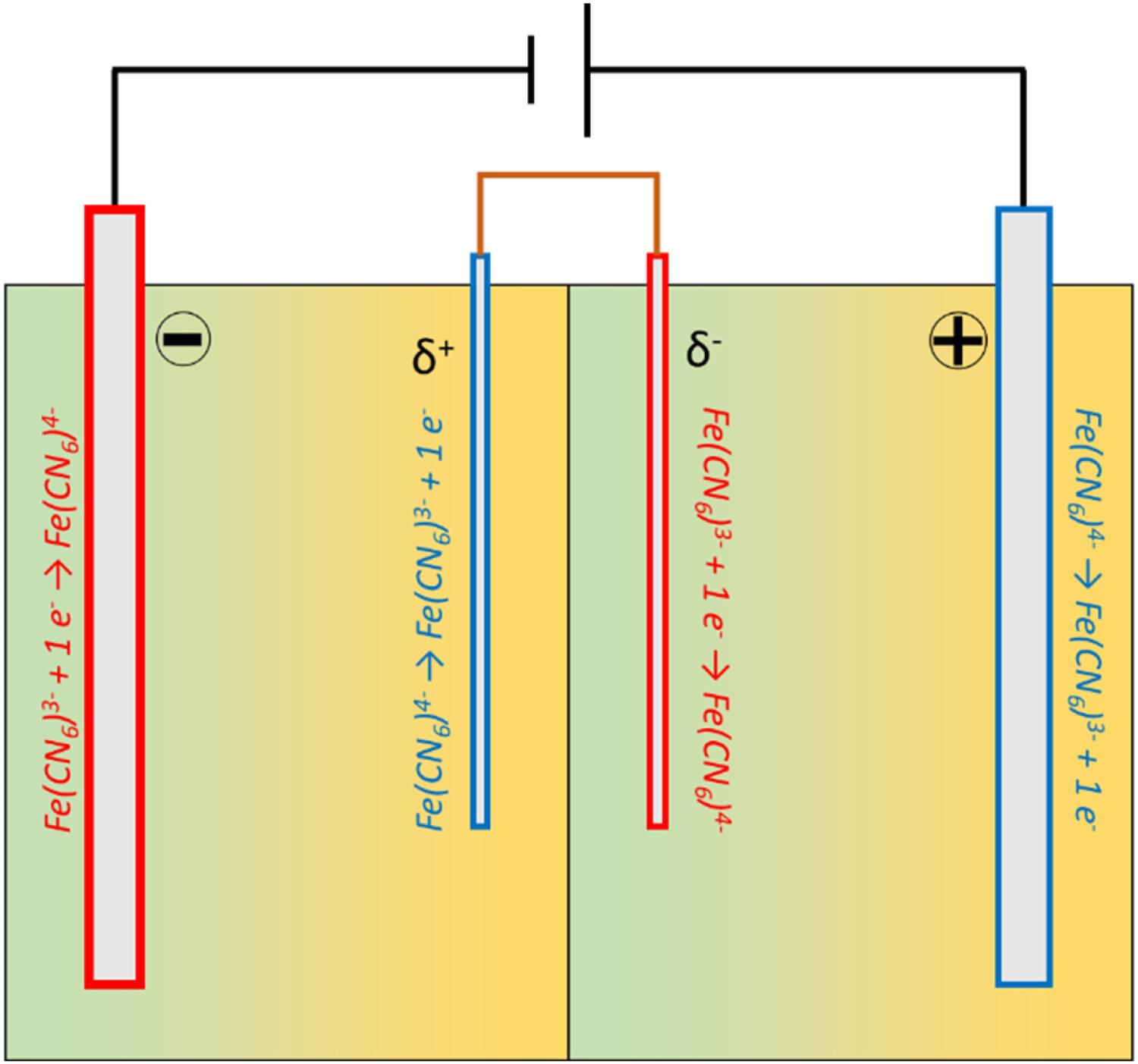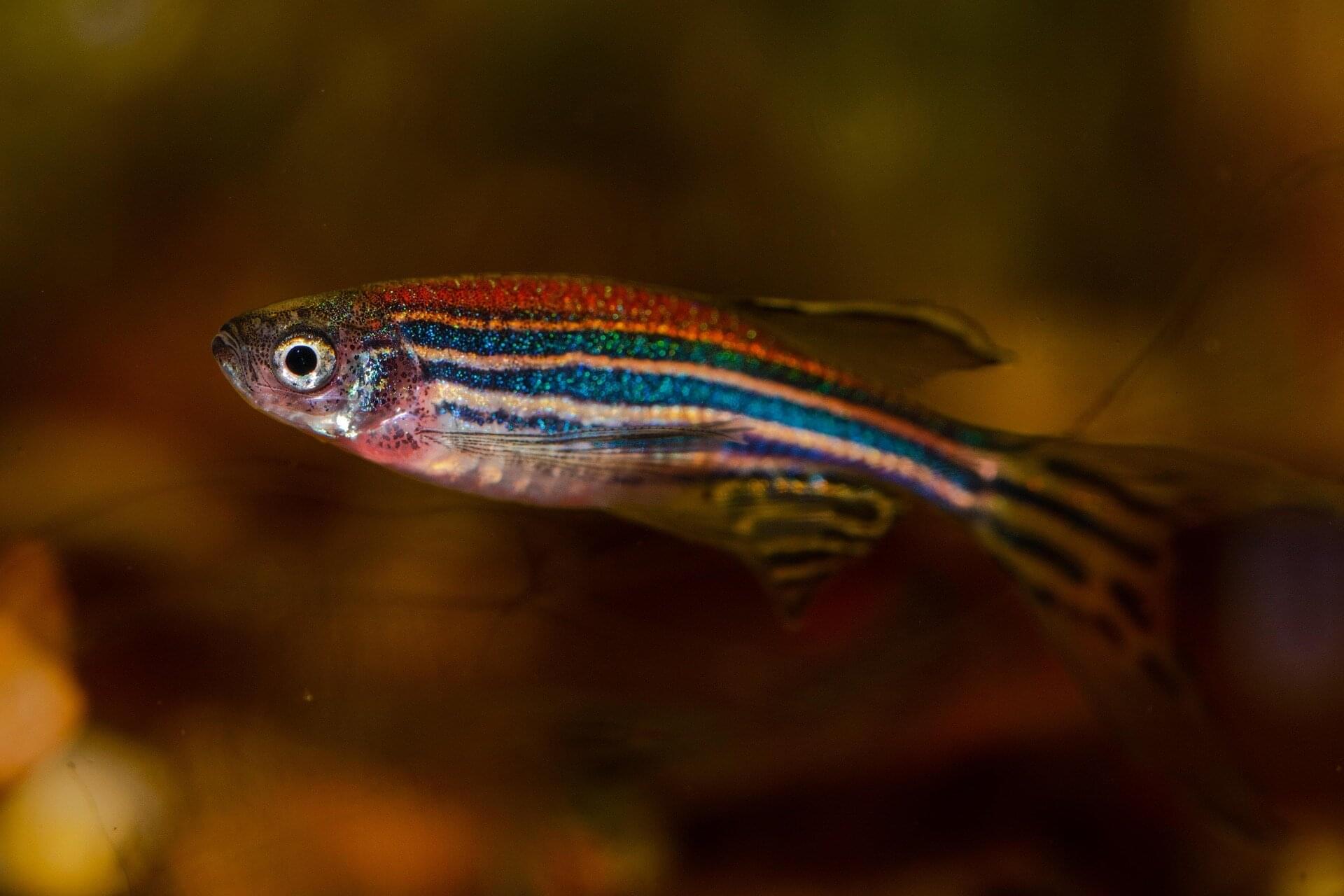There’s a new record holder for the most accurate clock in the world. Researchers at the National Institute of Standards and Technology (NIST) have improved their atomic clock based on a trapped aluminum ion. Part of the latest wave of optical atomic clocks, it can perform timekeeping with 19 decimal places of accuracy.
Optical clocks are typically evaluated on two levels—accuracy (how close a clock comes to measuring the ideal “true” time, also known as systematic uncertainty) and stability (how efficiently a clock can measure time, related to statistical uncertainty). This new record in accuracy comes out of 20 years of continuous improvement of the aluminum ion clock.
Beyond its world-best accuracy, 41% greater than the previous record, this new clock is also 2.6 times more stable than any other ion clock. Reaching these levels has meant carefully improving every aspect of the clock, from the laser to the trap and the vacuum chamber.








